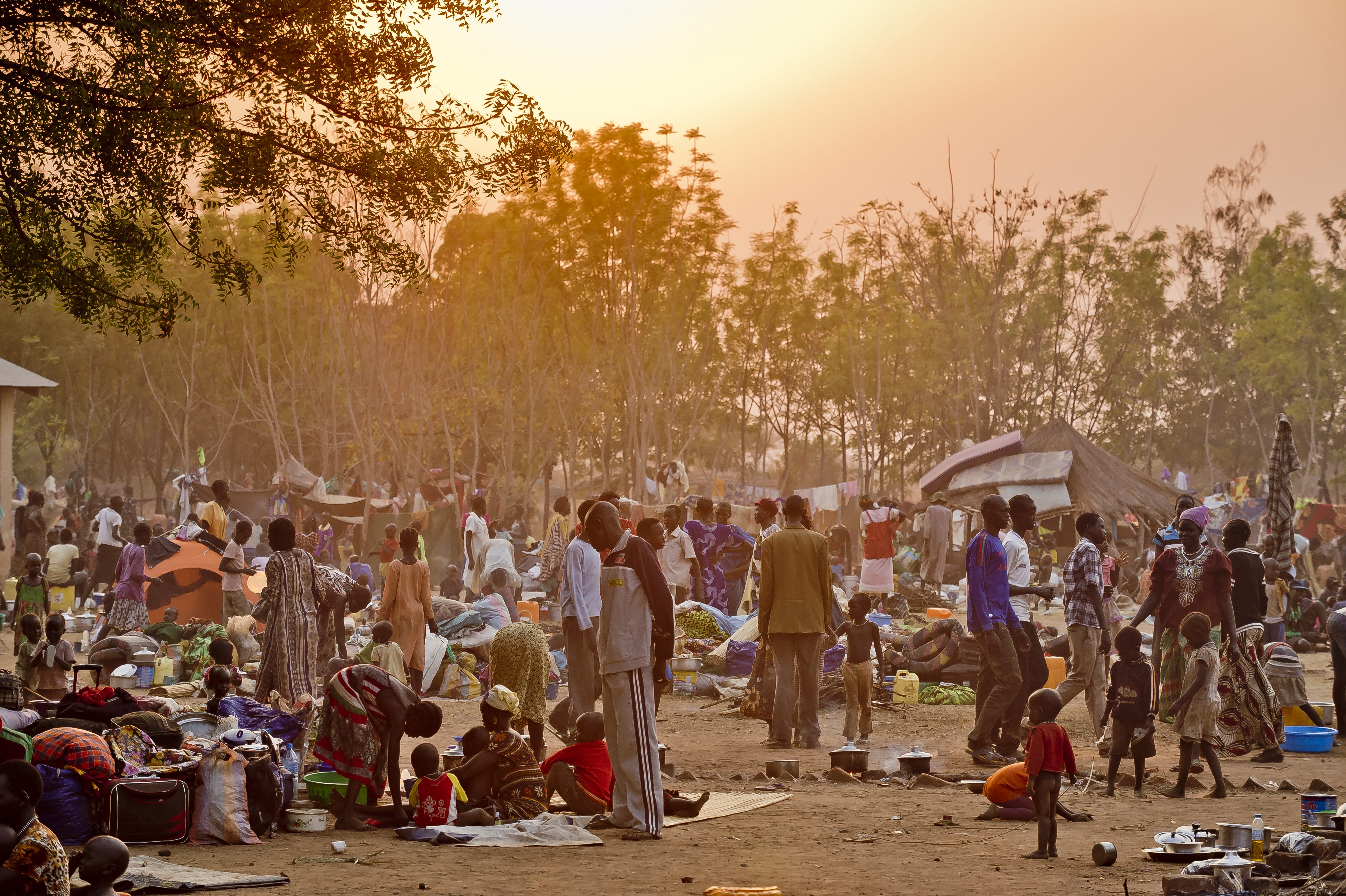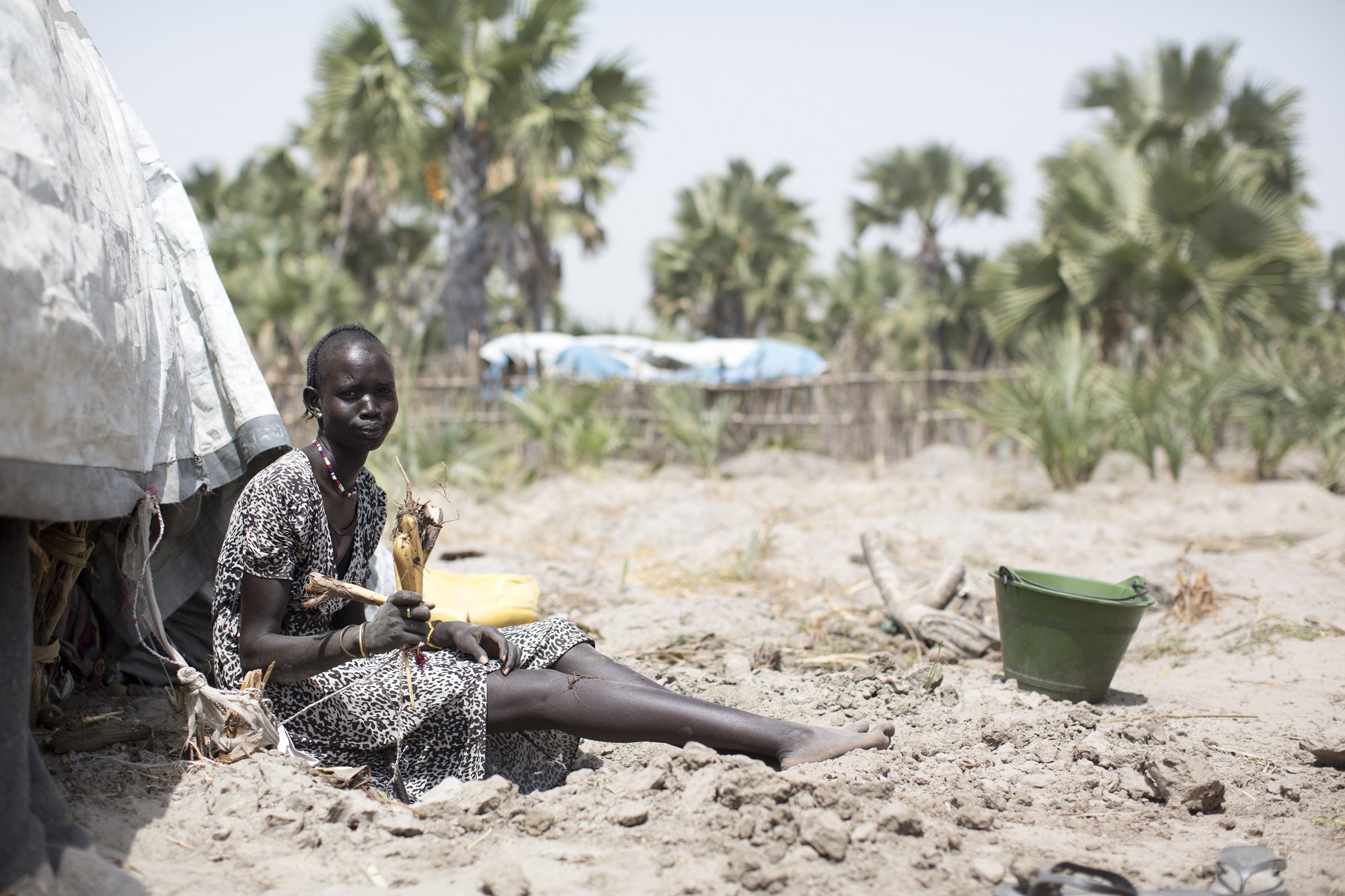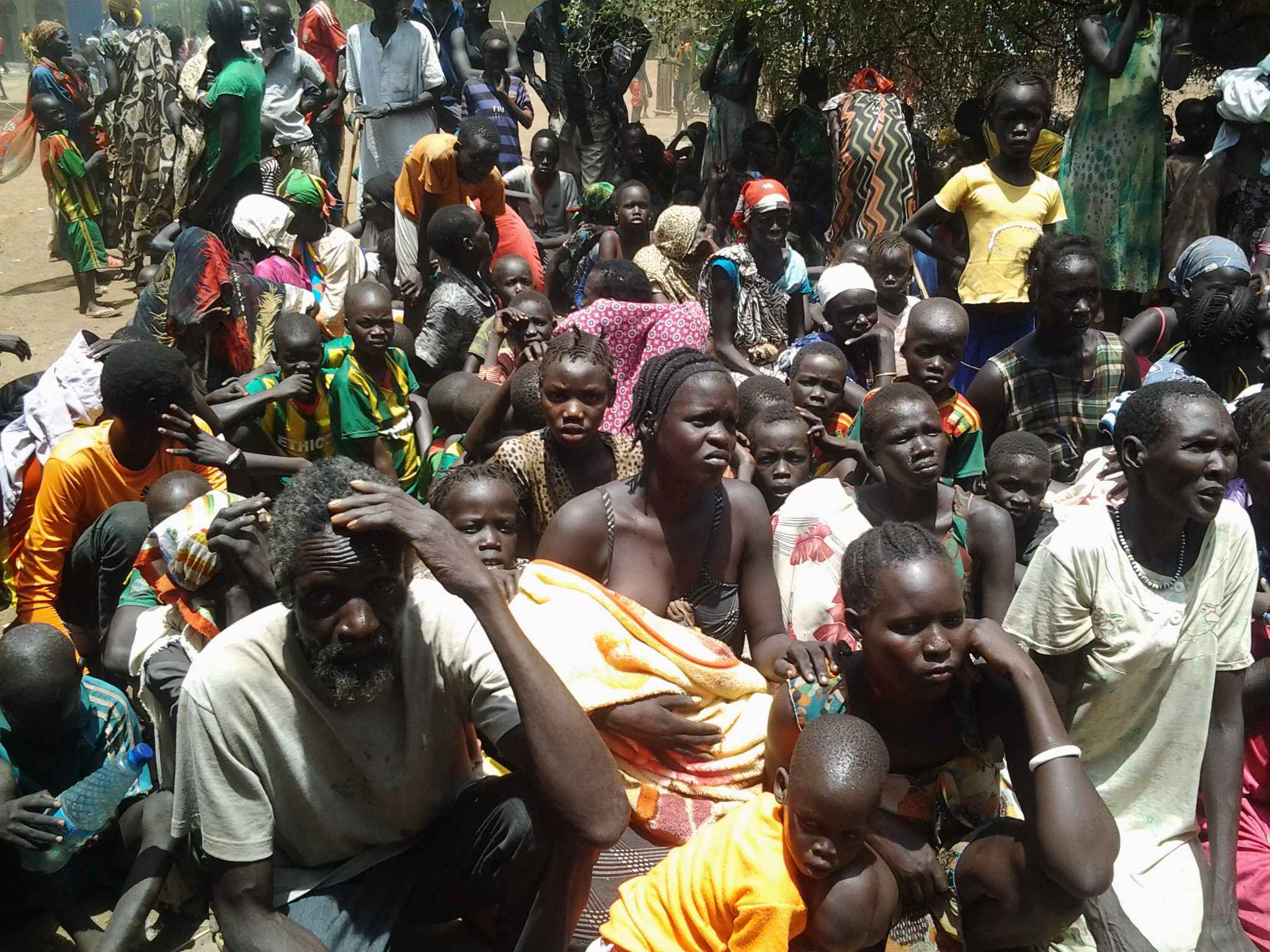South Sudanese seek a chance to get on with life without fear
South Sudanese seek a chance to get on with life without fear

ADJUMANI DISTRICT, Uganda, November 3 (UNHCR) - Peter sat in the shade of a large tree in northern Uganda's Adjumani district, still terrified that the violence he and his family left behind will catch up with them once again. "Sometimes my mind thinks maybe someone will come and kill me at night and I wake up and want to run," the 26-year-old South Sudan refugee said. "I calm myself down but sometimes it comes back."
He still had flashbacks to the quiet day in late April 2013, when clashes between the Murle and Nuer ethnic groups flared in Peter's hometown of Gogolthin, South Sudan. Afraid for their lives, Peter, his wife Mariam and their two young children fled, barefoot, amid the cries and screams of their neighbours. His brothers and sisters were among the dead.
For 30 days, Peter and Mariam walked towards the South Sudan capital of Juba, carrying their children and sleeping with only the clothes on their backs. Peter had no idea if his parents, Mary and Allen, had made it out of Gogolthin alive. "We avoided the main roads as we were too afraid," he recalled. "We ate roots, grass, and wild fruit ¬- it was the rainy season."
In Juba, the family found a Presbyterian church, where the pastor gave them food for two days and a sheet to sleep on. He suggested that UNHCR might be able to help them in northern Uganda, but although the pastor's friend drove the family as far as the South Sudanese border town of Nimule, from there they were on their own.
It was mid-June by the time Peter and his family finally registered in Adjumani district at a centre that has since been closed. Today, although they have found safety, life is still a struggle. "People are sleeping outside and there is not enough space and nowhere to hang mosquito nets," Peter said, comforting his young son who has been sick for days. "The health centre is good and nearby, but malaria drugs are insufficient."
UNHCR's refugee operation in northern Uganda was winding down following large-scale return after independence from Sudan in 2011. However, from March 2012, South Sudanese like Peter started to arrive following ethnic clashes in Jonglei state. The conflict escalated in December 2013 and people started to arrive in Uganda in larger and larger numbers.
The 2014 funding requirement for the South Sudanese emergency is US$224.3 million, but only 43 per cent has been funded. Uganda hosts some 405,000 asylum-seekers and refugees, mostly from the Democratic Republic of the Congo and South Sudan.
Out of the more than 150,000 South Sudanese refugees, the majority are Dinkas and Nuers from Jonglei, Upper Nile and Unity states as well as the capital, Juba. The conflict, however, is touching many ethnic groups in South Sudan and new arrivals include people of the Murle, Bari and even Anuak ethnic groups, who have not traditionally been refugees in Uganda.
The country has a generous policy of allowing refuges to live in settlements and not camps where refugees are allocated land to encourage them to produce their own food. Peter and Mariam have recently been granted refugee status - but still they must wait to restart their lives, while the government struggles to acquire land to accommodate and provide agricultural opportunities to the rising number of refugees in the area.
"I do not want to go back," Peter says. "My people are already killed and clashes are still going on." For now, all he and his family want to do is live.
By Karen Ringuette in Adjumani District, Uganda








